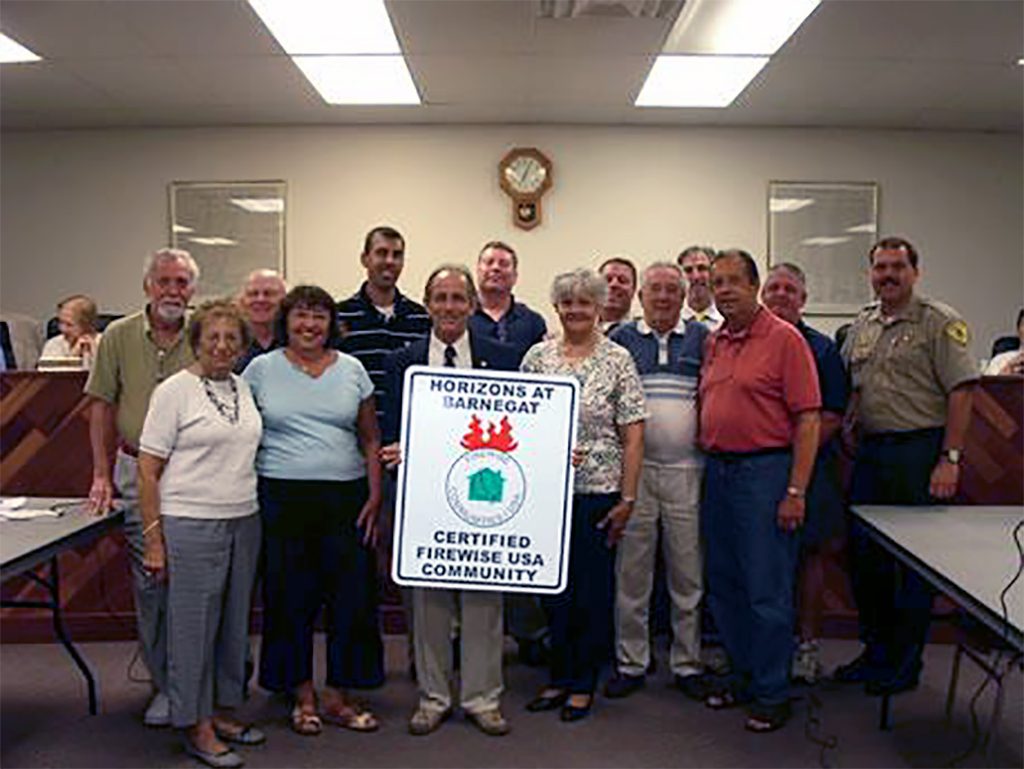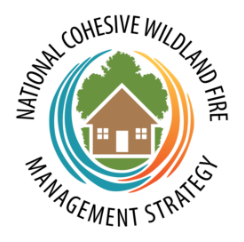In New Jersey there is a dichotomy with respect to the risk of wildfire and the understanding of that risk by many residents. South Jersey is home to the Pine Barrens, a 1.1-million-acre forest of pitch pine, shortleaf pine and scrub oak that has evolved with fire as one of the dominant forces. The Pine Barrens have evolved through a millennium of frequent wildfires that have shaped the flora and fauna found there, and much of this evolutionary process or its implications are lost on new residents.
The Pine Barrens is inhabited by 2.3 million people according to the 2010 US census. The counties within the Pine Barrens area have seen an increase in 165,500 residents since the 2000 census, a 7.4 percent increase. Many of these new residents are retirees relocating from urban areas like Philadelphia and New York City who are seeking a quieter, less hectic lifestyle and are drawn to the area because of the pristine views and reasonable housing costs.
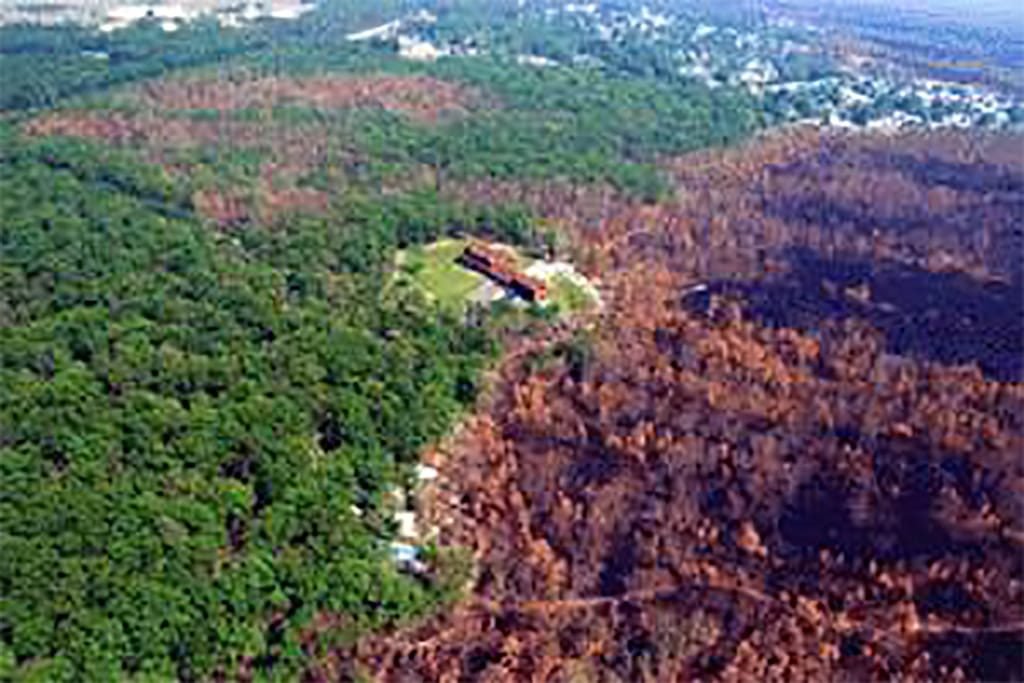
How do you inform new residents that the pristine area they have just moved to is also one at increased risk of catastrophic wildfire? How do you educate people about living smarter in a fire adapted ecosystem? How do you impart FAC messages without creating panic?
You keep it simple and you start at the beginning. After meeting with more than 35 communities in and around the Pine Barrens and attending dozens of additional meetings with residents, I have formed several opinions and learned many a valuable lesson about how a community evolves from uninformed and apprehensive to organized and prepared for wildfire.
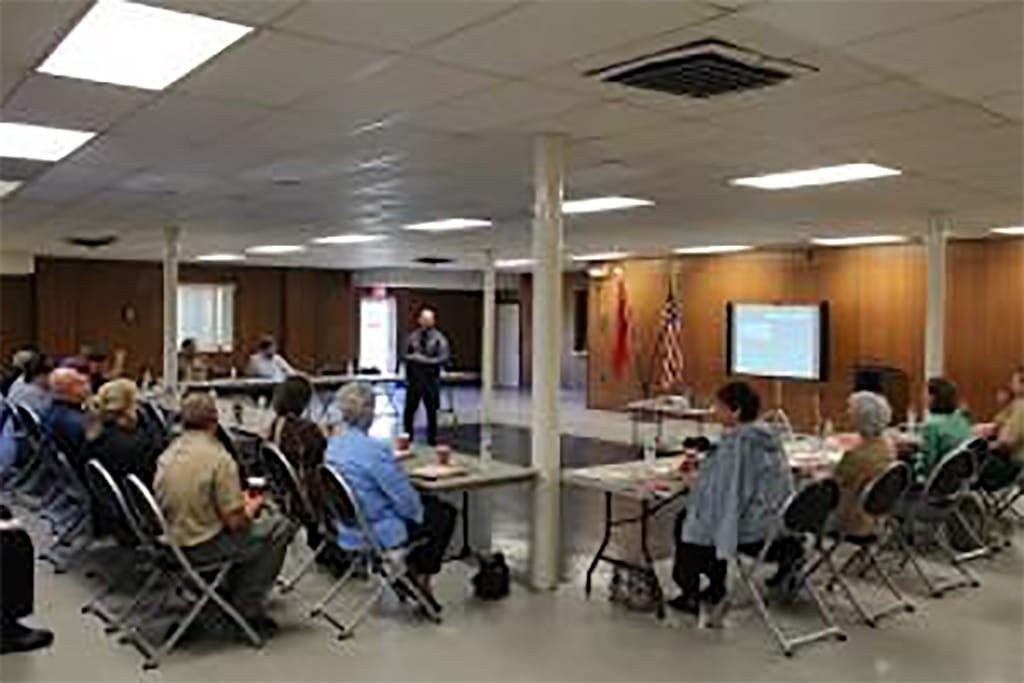
Here are eight simple observations:
- People are smart and quick to apply the wildfire message to their personal lives and their community.
- Keep the message simple and be patient. People will ask the questions that need to be asked as they become better informed.
- People become smarter and make the right decisions when they are properly informed.
- Technical and financial assistance is available, and being informed allows residents/ communities to better access these resources.
- Better informed residents/communities can drive the allocation of additional resources.
- Remember, as a wildfire leader and conveyor of technical assistance we are not the bus driver in this process but the gondola driver, utilizing the resources we have at hand to guide the informed residents where THEY wish to go.
- The identification and reliance on a local leader cannot be overemphasized. Once that key person(s) is identified, the single biggest hurdle is cleared.
- Becoming organized with a plan makes people feel they are in control of their lives. This is a universal need that will drive the fire adaptation process.
People in New Jersey are not afraid to ask questions, request help or offer an opinion, and all three of those traits are useful in organizing a community to become resilient to wildfire. New Jersey is a unique laboratory in which to apply FAC principles. Educating residents and creating wildfire resiliency in those communities is a daunting task but one that is a little easier when professionals apply the lessons learned from decades of experience and an understanding of the evolutionary process.
